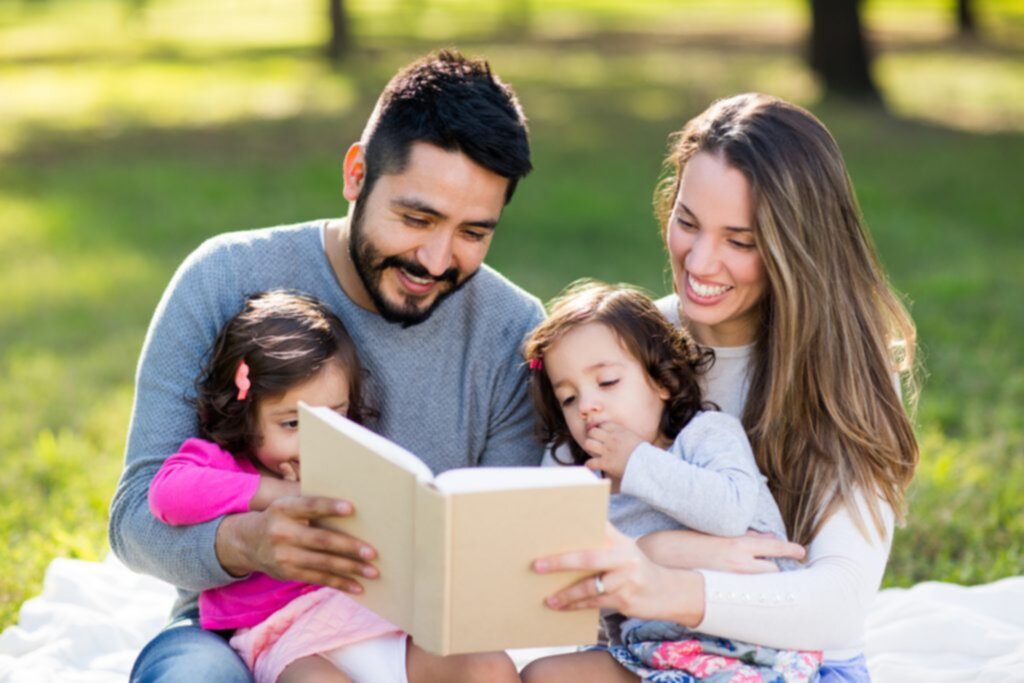
Libraries have historically been multi-faceted organizations which offer not only books and media, but access to community programs and cultural experiences. There is now a growing trend in public schools in which school librarians, classroom teachers, and ELL teachers are using the library as a meeting and activity venue for ELL families. It can be challenging for ELL parents and families to cross the perceived and, in some cases, very real linguistic and cultural boundaries to interacting with the school community. Library and ELL class outreach and social programs strive to build a bridge over these boundaries.
The School Library Journal shares an example of a school in Jefferson, WI, where the ELL teacher, Sarah Rao, started a social and book reading night for families of K-5 students. Families would read a book (available in English and Spanish) and then participate in other activities, such as art projects inspired by the story. Rao was interested in encouraging socialization between ELL and non-ELL families in a non-pressured atmosphere and in recognizing and honoring ELL families’ voices in the school community. She says in the article, “I think school can feel very intimidating. ELL families may feel they don’t have a say. And that’s not true.”
Bringing ELL families into the school library or classroom is a great way to promote meaningful and useful school-family dialogue. College ELL and English Professor and education writer Rusul Alrubail shares on Education Week that many ELL parents have questions for the school that they may not know when or how to ask. She feels that it’s important to directly invite them to ask questions because, “in many cultures, asking questions might be inappropriate, or can seem to be challenging the authority of the teacher.” Other options for encouraging interaction and understanding between ELL families and the school are for teachers or librarians to visit families in their homes to model reading time, extend library hours to facilitate family visits, or to invite family members into the library or ELL classroom to share their cultural traditions with the children.
School libraries can also support their ELL populations by having bilingual books available to students, as well as books about various countries and cultures. Colorín Colorado comments that, “perhaps if you don’t have a large population from Vietnam, for example, you won’t be able to buy more than two books in Vietnamese — but you can have books about Vietnam!” Having bilingual and ELL focused online educational materials available to students is also an important resource that school libraries and ELL classrooms can offer. When libraries are inclusive, interactive spaces, they can empower and support ELL communities.
For many schools, reaching out to parents of ELL students can be a challenge. The Latino Family Literacy Project provides webinar training to train teachers to work with parents of English Leaners to increase the parent involvement efforts at their school.
The books that are used in this program are winners of many prestigious awards. To watch a preview of some of the most popular books used in this program, visit Lectura Books YouTube page.
